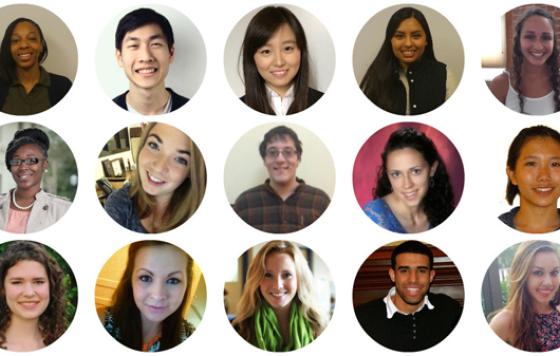
By Lynn Thorp, National Campaigns Director
The Clean Water Act turns forty on Thursday, October 18th. This week, our water experts and friends are reflecting on the Act
The water that comes out of our tap is the most common interaction most of us have with water and is probably what most of us think about when we hear the words “clean water.” But, it’s a little more complicated in the world of laws and policy. Two main laws keep our water clean in the United States: the Clean Water Act and the Safe Drinking Water Act. You might be thinking to yourself, “great, we have two laws to ensure my water is safe” and you’d be half right to think so. The reason for that is simple: these two laws don’t always play well with each other.
This is why. The Clean Water Act is concerned with limiting what we put into our nation’s water bodies and controlling what we do to disrupt them. The Safe Drinking Water Act concerns itself with our country’s Public Water Systems, which treat and provide the drinking water to the vast majority of us. Much of this water comes from the lakes, rivers, and other waterways that are protected by the Clean Water Act. While this seems like an intimate and commonsense connection, as these laws began to be implemented in the real world, just about everyone who had anything to do with making these two vital laws work started to “silo” them as we like to say in policy-speak. This separation of the two laws is understandable, but it doesn’t get us the clean water results we want. Plus, it allows for all sorts of problems to linger instead of being addressed.
But, there’s good news: As we celebrate the 40th anniversary of the Clean Water Act, there are promising signs that our two key water-related laws and those that advocate for, implement, and follow them are working together to achieve the ultimate goal of the Acts – fishable, swimmable and drinkable water. Perhaps even more important is a growing interest in solving tomorrow’s drinking water problems today by preventing pollution, rather than solving them “tomorrow” at our drinking water treatment plants.
The U.S. Environmental Protection Agency (EPA) implements both of these primary water laws and the Agency has recently ramped up its efforts to integrate these two programs. Taking a “watershed approach” and looking for synergies between Clean Water Act and Safe Drinking Water Act programs is fundamental to EPA’s current work. It’s also a key piece of EPA Administrator Lisa Jackson’s Drinking Water Strategy, launched in 2010. These commonsense approaches will help us protect more water sooner, and do it more efficiently.
Another promising example of integrated thinking and activity is the Source Water Collaborative. Founded, in 2006, the Collaborative combines the strengths and tools of diverse member organizations to make drinking water source protection a more prominent focus - not only in policy but in real-word decisions made every day in our communities.
A cornerstone of Clean Water Action’s work on drinking water is promoting policies that truly put drinking water first. We would not be able to prevent tomorrow’s drinking water problems today without the Clean Water Act. There is much work to be done to fully implement the Act and to improve it. There are pollution problems that will have to be addressed in other ways, with other laws, since everything we do impacts our water - and no one law can solve every problem.
One thing we can’t do is allow the never-ceasing attacks on the idea of federal water pollution protections to prevail. No one will say they don’t care about clean drinking water, so they should care about the Clean Water Act too. Solving 21st century water challenges is a complicate business, but it includes integrating our landmark water laws, not tearing them down.
The referenced media source is missing and needs to be re-embedded.
Making two key laws work togetherRelated Posts
Stay Informed
Get the latest updates and actions:
Thanks for signing up!
There was a problem processing your signup. Please try again.


